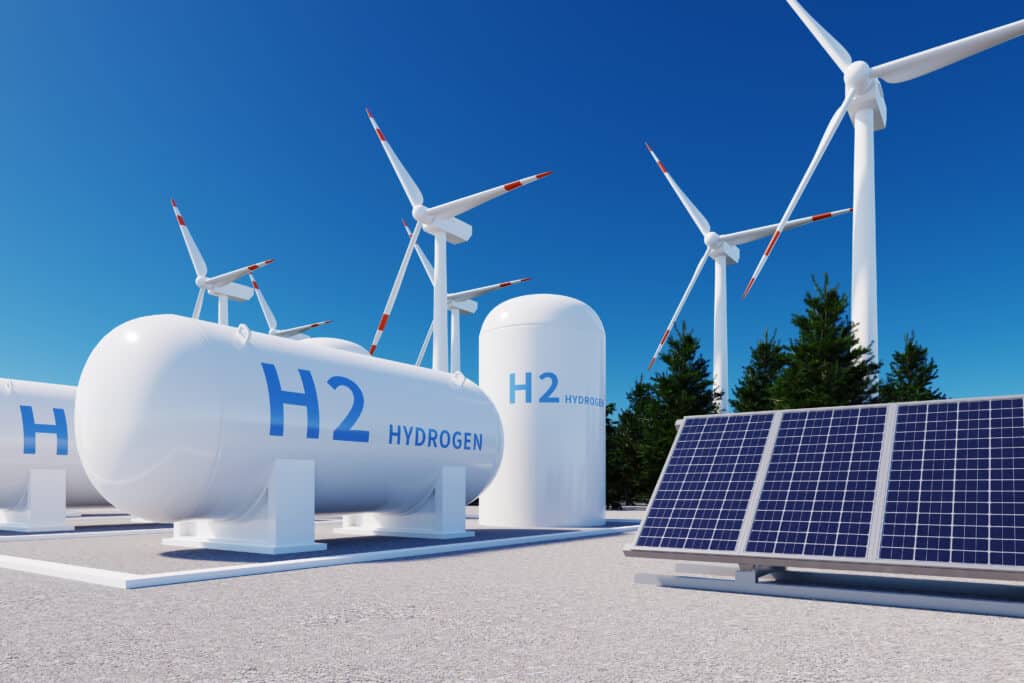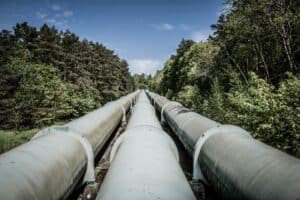Last week on this blog we took a look at the current state of the pipeline industry. We explored our ongoing and long-term need for petroleum and natural gas, and the role that pipelines play in delivering essential energy.
For decades, the pipeline industry has been working hard to deliver energy safely, efficiently and ever more sustainably.
Pipelines have been shown to be the least greenhouse gas (GHG) intensive way to transport oil and gas, which are needed as a “backstop” to ensure we continue to have a reliable electricity supply. In one study, The Faculty of Engineering at the University of Alberta found that pipelines reduced GHG emissions by anywhere between 61 to 77 per cent versus rail for transporting oil and gas long distances.
Pipelines and our clean energy future
Even as we work to transition to cleaner energies, pipelines are still, and will continue to be, an essential tool in the supply and development of renewables.
Here are six ways pipelines are helping support the energy transition:
-
- Wind and solar power are evolving energy sources, but they are not yet reliable enough to provide a significant proportion of our energy needs. When the wind isn’t blowing or the sun isn’t shining, they’re not producing. Pipeline infrastructure complements the use and development of wind and solar energy by providing natural gas for electricity production when required.
- Oil and natural gas feedstocks are required to manufacture the equipment for wind and solar power. For example, state-of-the-art wind turbine blades are made of carbon fibre, which consists of layers of plastics and plastic resin. Pipelines deliver the feedstocks to manufacturing plants that build wind turbines and solar panels.
- Pipelines supply the diesel fuel required to transport solar panels and wind turbines.
- During natural disasters, or in a state of emergency, power plants supported by natural gas pipelines are the only fast and reliable option to avoid brownouts and blackouts.
- Pipelines transport cleaner burning natural gas, supporting the move away from more GHG-intensive fuels such as coal and petroleum. Pipelines can also be used to transport CO2 for carbon capture and storage.
- Pipelines are also used to transport hydrogen energy which is a low/no GHG fuel for the future.
Pipelines have a huge role to play both in supporting the energy transition and our clean energy future. Letting the good be the enemy of perfect slows the fight for climate balance. No single transportation system for resources is perfect, but pipelines are impressively close.
In our next blog post, we will explore the strides that have been made in pipeline safety over the years. Thanks to continuous improvements in best practices, technologies and materials, the industry proudly boasts a 99.99 per cent safety record. Next week we’ll talk a little about how that has been achieved.




